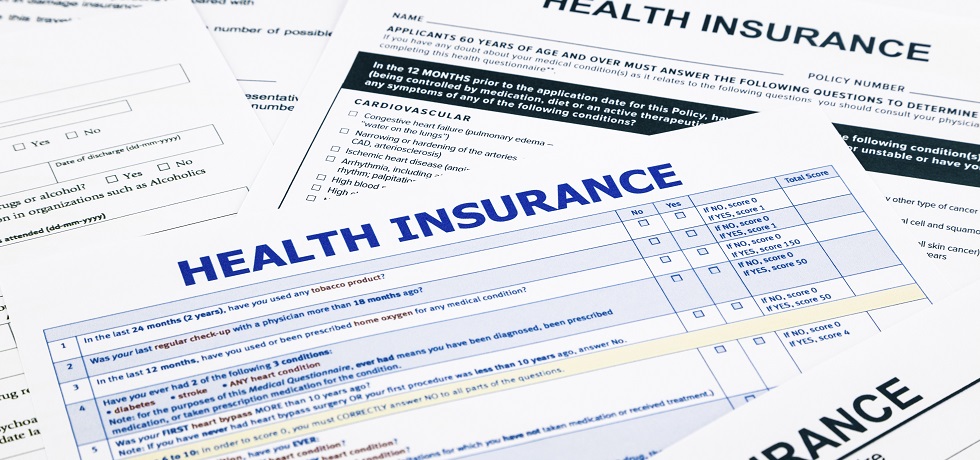Some people look at health insurance as just another expense. While it’s true that health insurance can be costly, not getting coverage is just as costly, if not more costly in most cases. Medical expenses, even for non life-threatening illnesses and injuries, can and will add up quickly. You might find that your entire savings is gone following an unexpected car accident or brush with an illness. Major illness is a whole other story. People go bankrupt trying to pay out of pocket for medical expenses related to a major ongoing illness.
Employer-Offered Insurance
If your employer offers insurance plans, you should jump at the opportunity. Group coverage is almost always cheaper than plans available to individuals and in some cases, the employer even subsidizes the cost. Even if you’re young and otherwise healthy, you won’t find a better deal anywhere else. Of course, if you’re self-employed, unemployed, or your employer doesn’t offer a group plan, you will have to look elsewhere. It is absolutely necessary to take some time to compare the various plans available to you. Unfortunately, this can be a pain.
Comparing Plans
When it comes to health insurance, what you see isn’t always what you get. There is no such thing as a standard health insurance plan; in fact, coverage may vary extensively from plan to plan. Finding a good method of comparison can also be difficult, as premiums aren’t a good indicator of the value of the plan. Instead of going with whatever is cheapest or the plan that appears to have the most overall benefits, try and find a plan that fits your specific needs. Ask yourself what health services you are more likely to use. While it’s impossible to know what services you may need to access in the future, you can at least try to find a plan that covers the services you frequently access now.
Benefits
Most basic plans cover doctor’s visits and medical bills, with some limitations. Coverage of other potential medical costs, such as prescriptions, dentistry, psychotherapy or counseling, physiotherapy, immunizations, screenings, and glasses will depend on the plan you choose.
In order to see what benefits you think you need, make a list of all of the services you and your family access on a yearly basis. Then identify whether the plan offers full coverage, 80% coverage, or no coverage at all for that service. This is going to help you identify the best plan for you. You will also have to choose between the two main types of health care insurance.
Indemnity vs. Managed Care
Indemnity insurance gives you more flexibility by allowing you to pay for the services you access. Of course, with this flexibility comes added cost – indemnity plans often don’t cover total costs. Indemnity plans focus on accidents and illnesses and are unlikely to cover costs associated with preventative care, such as vaccinations. With this type of insurance, however, you are allowed to choose the hospital, doctor, or laboratory for the healthcare service you need. On the opposite end of the spectrum, managed care offers a small deductible and fixed, low co-payments. Managed plans often cover costs associated with prescription drugs, mental health treatments, and preventative care. However, in accessing a healthcare service through a managed plan, you may only choose among the healthcare professionals and providers that have a contract with the company.
